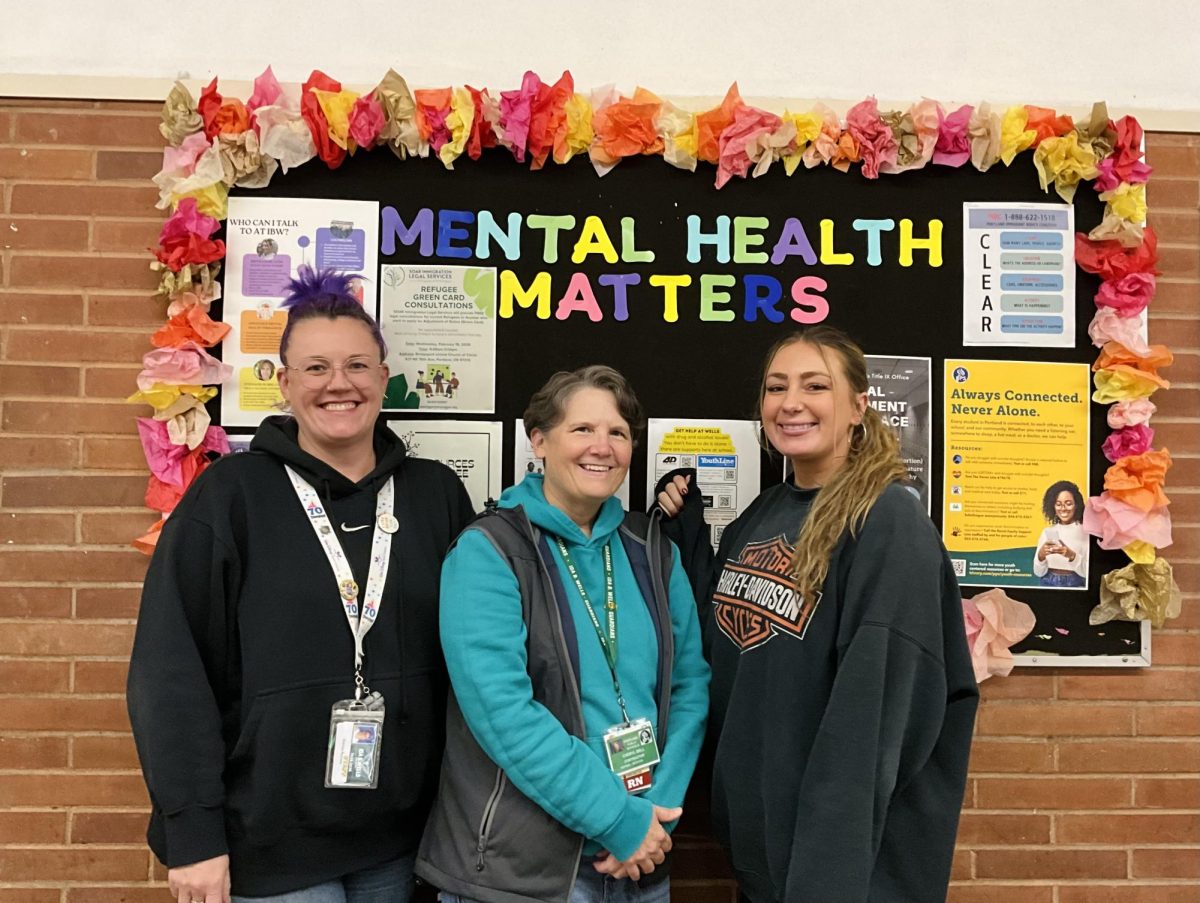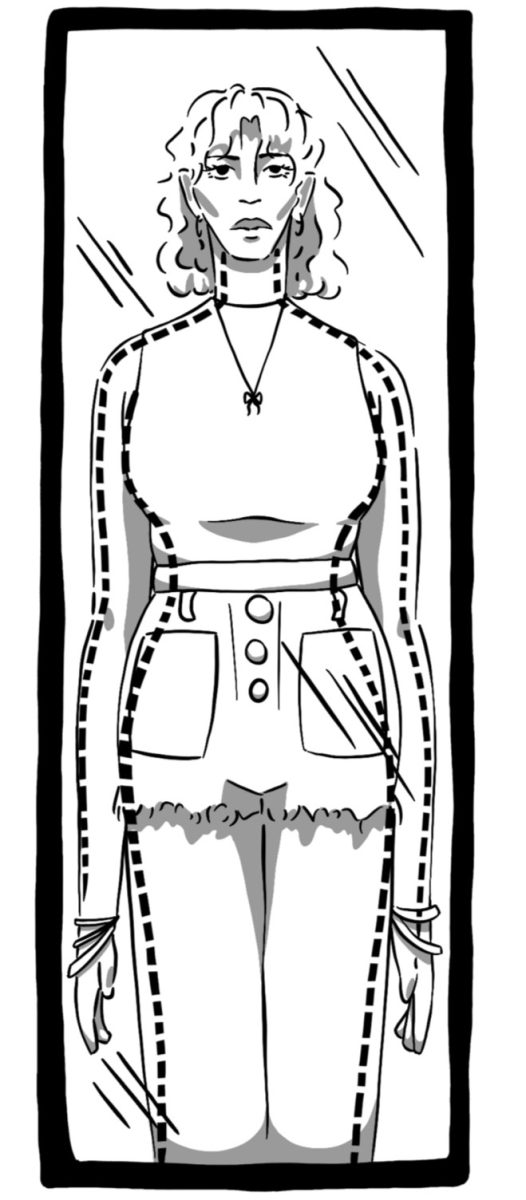On Feb 2. 2024, Groundhog Day, Punxsutawney Phil emerged from his burrow and didn’t see his shadow, predicting an early spring season for the first time since 2020. The excitement of the spring season or “spring fever,” brings a time in which people look forward to the new comings of better weather. Blue skies, vibrant flowers and the growth of surrounding nature is exciting, especially after the long dreary months of cold winter.
Many associate springtime with happier times — to begin spring cleaning, socializing with people more often and having an overall “sunnier” personality. However, the change in season doesn’t always mean a fix to everyone’s problems. Feelings of anxiety and depression can arise and linger on for a while as the changes that occur in this transitional period are unsettling and add more stress to other ongoing changes in school, work and personal life.
Seasonal Affective Disorder (SAD) is a type of depression that happens during certain seasons. It most commonly occurs during the winter and fall seasons, with short days and less sunlight triggering chemical changes in the brain that lead to fewer amounts of serotonin and signs of depression. Springtime depression or “reverse” SAD, is less common but still has major effects on people. In the spring people can feel more lethargic, agitated and hopeless. Many experience withdrawal from friends and family and have suicidal thoughts.
According to the CDC, suicide rates are higher in the spring and summer period rather than fall to winter.
The springtime can also lead to feelings of anxiety. The pressure of needing to be happier and more social during the spring makes people anxious about their behavior, especially for those who struggle with anxiety or social anxiety disorders. There is a standard to be happier when there is more light outside and when the days get longer people feel overwhelmed and self-conscious when they do not fit in.
Springtime also means the environment around us wholly changes, and change is one of the biggest factors of “springtime blues.”
During the spring there is also an increase in air pollutants and allergens. Pollen allergies caused by the new surrounding trees, grass and flowers can cause inflammation of the eyes and nose and disturb brain chemicals that lead to more frequent mood swings.
Lifestyle changes, especially sleep schedules also change. The days get longer and hotter, which can lead to disruptions in the body’s natural clock, or circadian rhythm, that changes sleep patterns. Inconsistent sleep patterns lead to fatigue and irritability during the day.
All these environmental changes can be stress and anxiety-inducing for many. Having no control over what is happening around you along with overall signs of depression from SAD can make life feel unstable and unsatisfying.
At IBW, many students experience higher levels of stress with the end of the school year coming up. In the 2023-24 school year, students have gone through a variety of situations that have affected their mental health. The PAT Strike in Nov. and the “Ice-apocalypse” in Dec. have affected how students have been dealing with the loss of education and the now looming end-of-year burnout.
“And then in the spring, there’s also, especially for students who are getting ready to graduate, or juniors going into senior year, or just the way that mental health [is] especially from about November to March or April, that window of time is where a lot of people struggle with their mental health,” said Emilee Refvem, school psychologist at Ida B. Wells High School.
End-of-year course work, finals, AP exams and extracurriculars and for many seniors — preparing for college — can lead to an overload of stress.
When feeling depressed and anxious, it can be hard to become motivated. Feelings of hopelessness linger and we get into ruts that are hard to get out of, which can affect how we take care of ourselves.
Self-care during times of severe anxiety and depression is important for our well-being, but is hard to do. With recent ideas of self-care being something expensive and extravagant, people seem even less inclined to take care of themselves.
“Self-care can just be like reminding that you drink enough water during the day,” said Refvem. “Being like ‘Hey, let’s make space for these three things in my brain, I am going to try and get these three things done today, and then I’m just gonna let it be.’”
Taking care of yourself can be anything, even if others may think it is small. Taking small steps to make your day better will help you look forward to what comes next.
“Setting boundaries around expectations, finding time for connections, with like spaces that you feel good, so if someone likes watching a fun show, are you going to commit to watching a funny show today? Even if it’s just for a half hour,” Refvem said.
Finding support is one of the most important things to do when having drastic changes in your mental health. Friends, family or any trusted person in your life can help you get through low points and can pose as an outlet if you need support. Seeking professional help is another option that is key to getting resources and support. Having access to hotlines is equally as important too if you are in need of immediate help.
Acknowledging the changes that happen is hard to do, and whenever you feel overwhelmed by all of it, it is completely okay to take a break from what is stressing you out. Feeling down once spring arrives is okay, but you won’t feel it forever.
“Take deep breaths,” said Refvem. “And remember you are only one person.”















